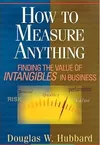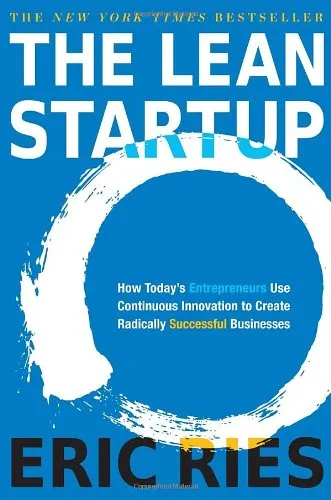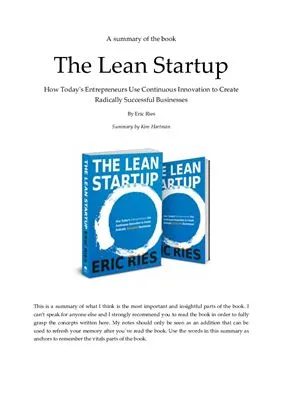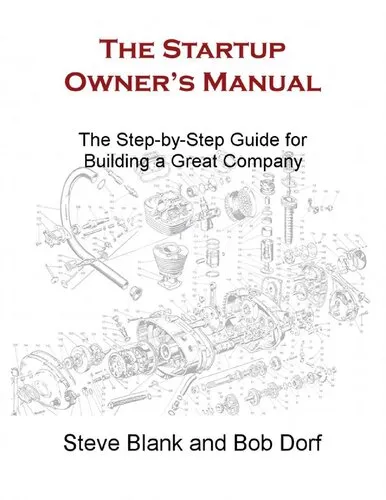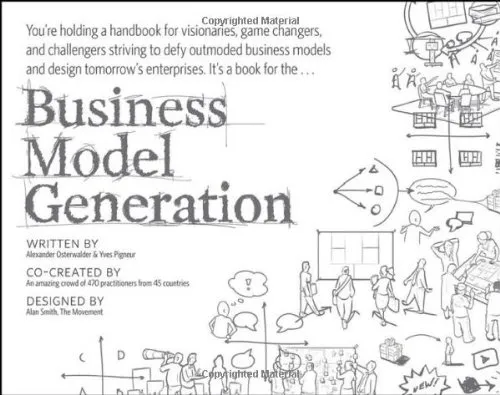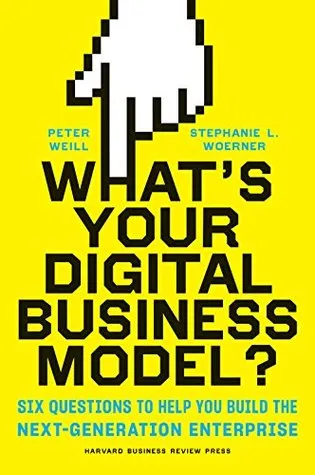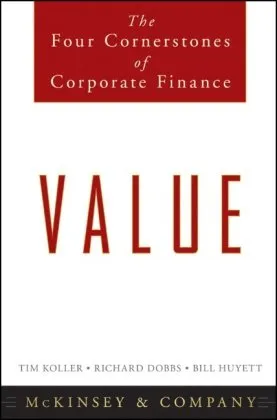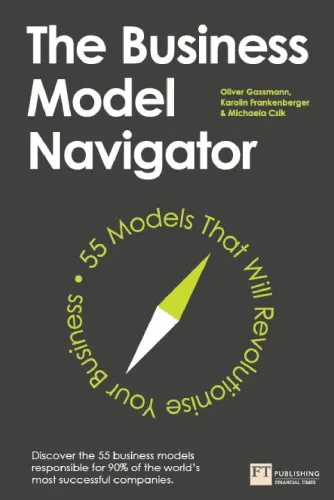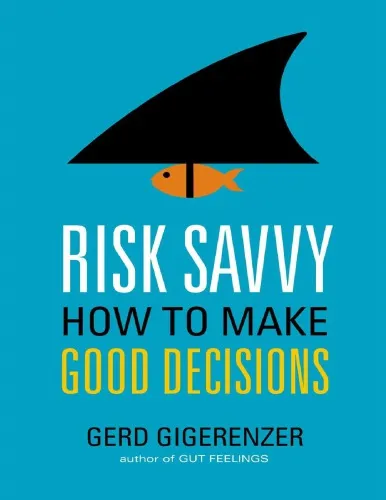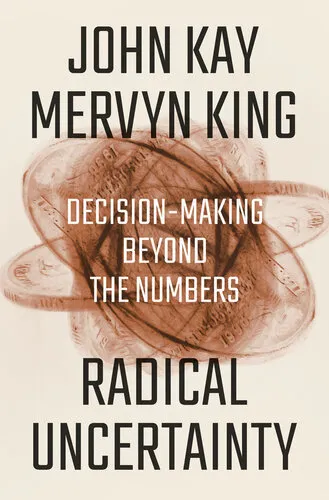How to Measure Anything: Finding the Value of Intangibles in Business
3.9
Reviews from our users

You Can Ask your questions from this book's AI after Login
Each download or ask from book AI costs 2 points. To earn more free points, please visit the Points Guide Page and complete some valuable actions.Related Refrences:
Persian Summary
Introduction to "How to Measure Anything: Finding the Value of Intangibles in Business"
In today's complex business environment, measuring the seemingly immeasurable is not only possible but essential. "How to Measure Anything: Finding the Value of Intangibles in Business," authored by Doug Hubbard, offers a groundbreaking approach to quantifying the unquantifiable and unveiling the potential value of elements that companies often struggle to gauge. This book challenges conventional wisdom and provides readers with practical tools to evaluate and make data-driven decisions where uncertainty prevails.
Detailed Summary of the Book
Doug Hubbard's "How to Measure Anything" delves into the science and methods behind measuring elements that are traditionally seen as intangible. The book starts with the premise that anything can be measured, even if it appears abstract. Hubbard argues against the common belief that certain variables are beyond quantification. Through a mix of case studies, mathematical models, and real-world scenarios, he introduces readers to the concept of Applied Information Economics (AIE). This framework guides individuals and organizations in making better decisions by effectively measuring risk and understanding value.
The book is structured around the idea that executives often underestimate their own ability to measure intangibles. Hubbard systematically dismantles the myths surrounding measurement, such as the notion that uncertainty undermines measurement efforts or that it is too expensive. By presenting tools like Monte Carlo simulations and various analytical techniques, he provides a clear roadmap to measure seemingly unquantifiable aspects.
Key Takeaways
- Anything can be measured: With the right methodology, even subjective attributes like customer satisfaction or employee engagement are measurable.
- Embrace Uncertainty: Uncertainty in measurements is inevitable, but it should be quantified and factored into decision-making.
- Overcome Cognitive Biases: Preconceived notions often hinder accurate assessment; recognizing and mitigating these biases is crucial for reliable measurement.
- Iterative Approach: Measurement is not a one-time event but a continuous process that adapits and refines over time.
Famous Quotes from the Book
"If something really matters, it’s something that is already detected to some degree, however imprecisely."
"The fastest path to progress is to believe in your fallibility and make habit of questioning your own views."
Why This Book Matters
The importance of "How to Measure Anything" cannot be overstated in a world where data drives decisions but certain factors remain elusive. In casting doubt on the notion that not everything is measurable, Hubbard empowers leaders and decision-makers across all types of organizations. By demonstrating that measurement doesn't require perfection but only meaningful progress, he provides the tools necessary for more informed decisions that can lead to increased efficiency, innovation, and competitive advantage.
This book is not only an essential read for business leaders but also for policymakers, educators, and anyone involved in making decisions under uncertainty. Its methodologies have applications in a range of fields from strategic business planning to project management and beyond, underscoring its broad relevance and transformative potential.
Free Direct Download
You Can Download this book after Login
Accessing books through legal platforms and public libraries not only supports the rights of authors and publishers but also contributes to the sustainability of reading culture. Before downloading, please take a moment to consider these options.
Find this book on other platforms:
WorldCat helps you find books in libraries worldwide.
See ratings, reviews, and discussions on Goodreads.
Find and buy rare or used books on AbeBooks.
1579
بازدید3.9
امتیاز0
نظر98%
رضایتReviews:
3.9
Based on 0 users review
Questions & Answers
Ask questions about this book or help others by answering
No questions yet. Be the first to ask!
